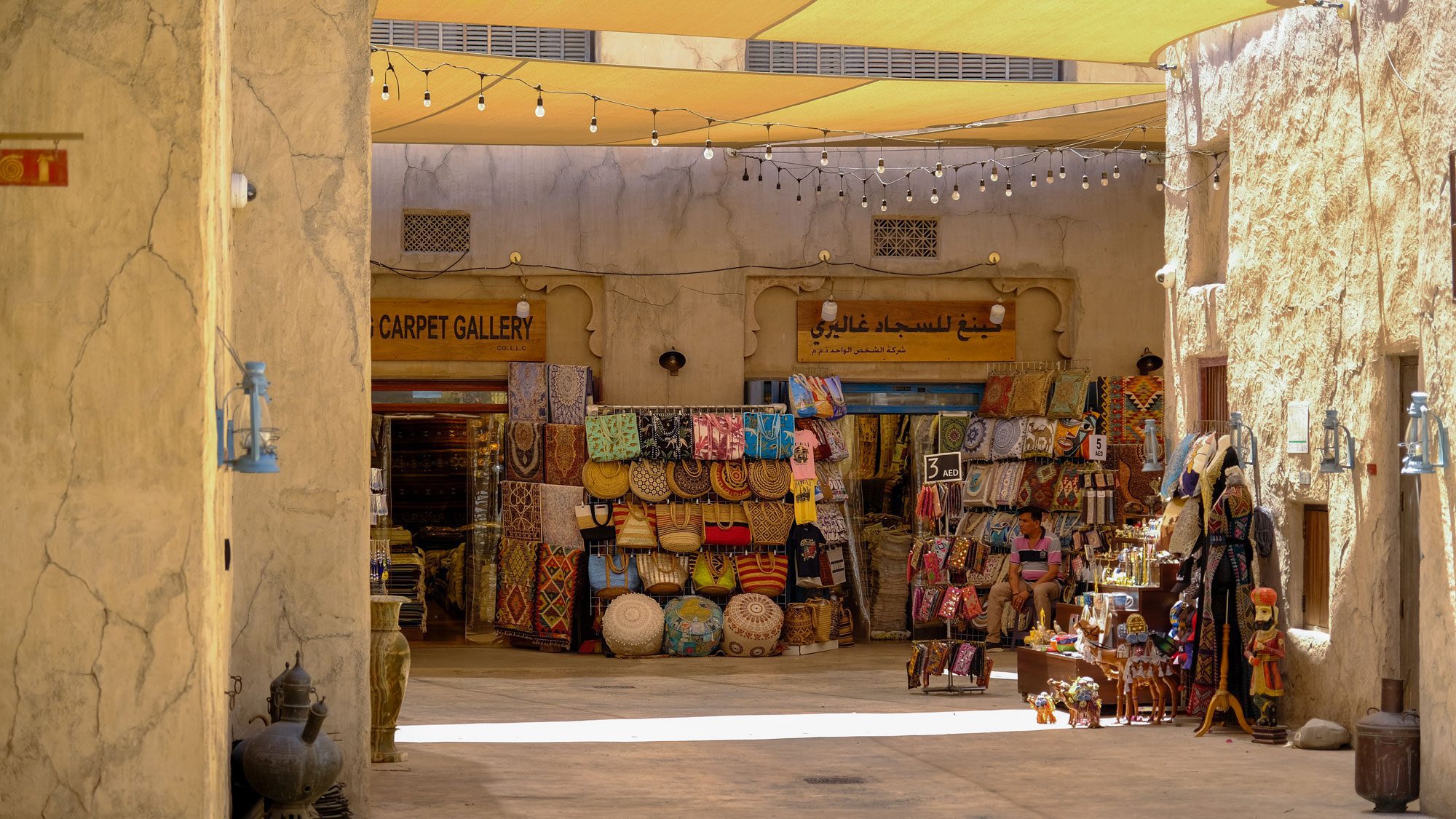
Layers of Dubai: More Than Just Luxury
Dubai surprised me. I came for the glam, but left with a deeper appreciation for its culture, contrasts, and quiet moments between the skyscrapers.
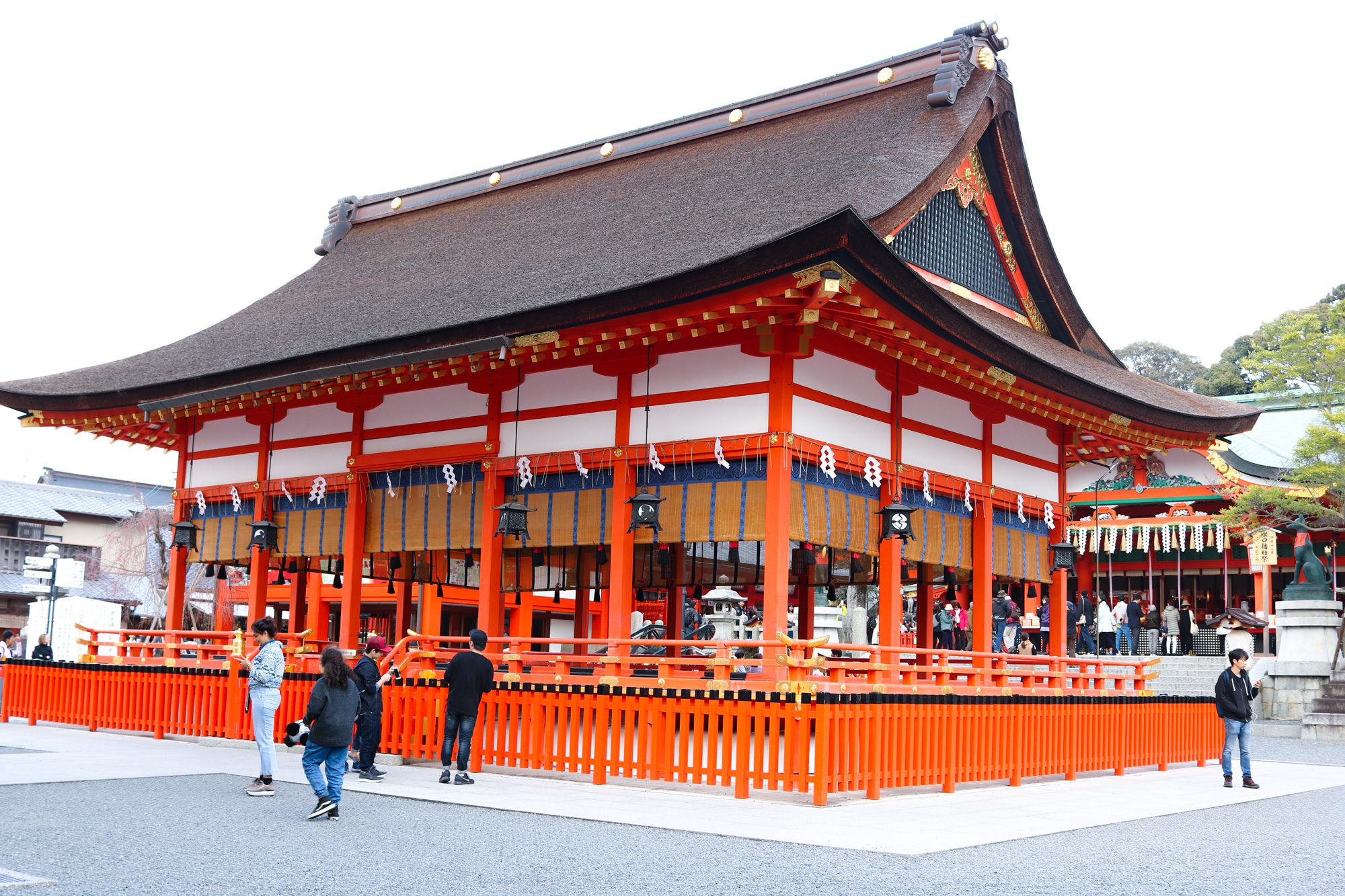
A chilly welcome, a hot bowl of ramen, and a quiet moment with a monkey. Japan was my first solo trip—and it did not disappoint. From rain-soaked shrines to late-night soba noodles, here’s what went down across three cities, dozens of train rides, and one unforgettable adventure.

Let’s just say Japan did not roll out the sunshine for me. My trip started with rain. Lots of it. Then cold. Then snow. (Yup—actual snow.) But in true Tokyo fashion, the energy made up for it.
From the neon buzz of Kabukicho, Tokyo’s lively red-light district known for late-night eats, karaoke, and lit-up chaos, to the quiet grounds of Meiji Shrine, this city never runs out of contrasts. Built in 1920, Meiji Shrine honors Emperor Meiji and Empress Shoken and is one of Tokyo’s most iconic Shinto sites. The massive torii gate at the entrance alone will make you pause.
I wandered the famous Senso-ji Temple, Tokyo’s oldest Buddhist temple, founded in 645 AD. Even though I was shivering in wet socks, there was something powerful about joining the crowd in lighting incense, waving the smoke toward me (for good luck and health), and making a quiet prayer.
In true Tokyo style, the moment I left the temple grounds, I was back in the buzz. Akihabara was up next—Tokyo’s electric town. Famous for electronics, anime, manga, and gaming culture, this place is a sensory overload in the best way. I saw everything from vintage game consoles to plush characters with blush cheeks and oversized eyes. Even their weather icons are cute here.
Of course, I had to stop for a classic street snack: takoyaki—crispy, savory octopus balls topped with sauce, mayo, and bonito flakes that dance from the heat. A must-try if you’re anywhere near a takoyaki stand (and trust me, they’re everywhere).
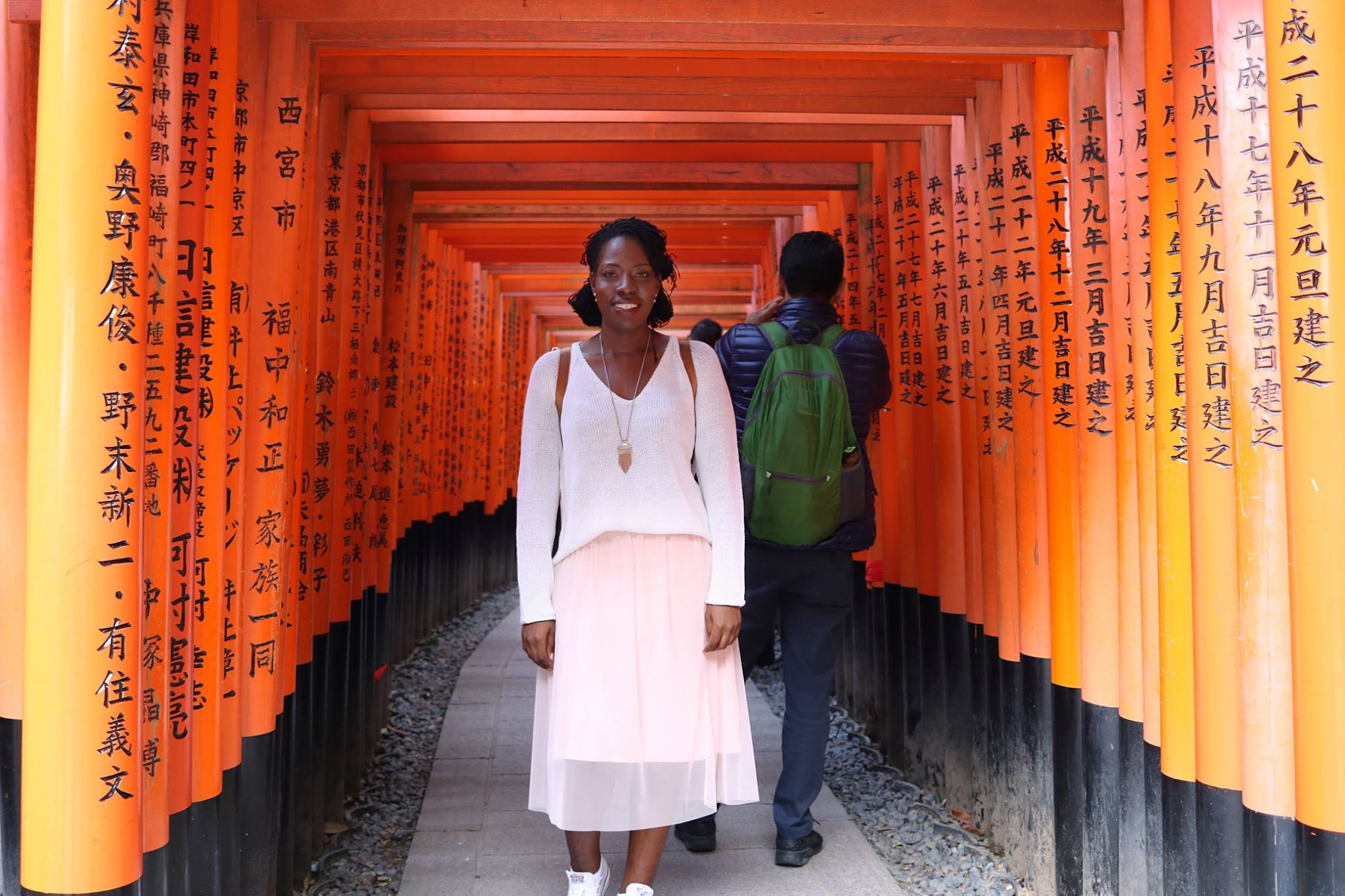
Kyoto felt like stepping into another time. Once the imperial capital of Japan for over a thousand years (794–1868), this city is packed with shrines, temples, and traditions that still run deep today. It’s calmer than Tokyo, more traditional—but just as awe-inspiring.
I stayed at a capsule hotel (cool in theory, tight in reality), and set out to explore. First stop: Yasaka Shrine, located right between the popular districts of Gion and Higashiyama. Dating back to the 800s, it’s known for its lantern-lit evenings and annual Gion Matsuri festival. I stumbled into it on my way to Gion—and it ended up being one of my favorite finds. Street food, snacks, and women in vibrant kimonos browsing the shrine grounds—it felt like I was watching history in motion.
Wandering deeper into Gion, Kyoto’s historic Geisha district, I walked narrow alleys lined with wooden houses. This area has been known for centuries as the heart of Kyoto’s traditional entertainment scene. I didn’t spot a Geisha there, but I did in Pontocho Alley—a tiny street known for upscale restaurants and an old-school Kyoto vibe. I was so caught up in the moment I missed my photo opp. Lesson learned: camera always ready.
One of my favorite detours was Arashiyama, a quiet district on Kyoto’s western edge. I wandered through peaceful streets and finally reached the famous Bamboo Grove—a dreamlike path where towering stalks surround you in soft light. It’s one of the most photographed spots in Japan for a reason. Just… go early to avoid the crowds.
Right after that serene moment, I found myself hiking up to Iwatayama Monkey Park—which I still say is a scam. The sign said 3 minutes. It took 15. Straight uphill. But the views over Kyoto and the free-roaming macaques made it worth it… barely. Pro tip: don’t try to feed them apple skins. They will throw them back at you. With attitude.
And then there was Fushimi Inari-Taisha—you’ve probably seen it on Instagram. It’s the shrine with the endless path of bright red torii gates, each one donated by individuals or businesses seeking blessings. It’s dedicated to Inari, the Shinto god of rice and prosperity. There are thousands of gates lining trails that weave up the mountain. Touristy? Yes. But still magical.
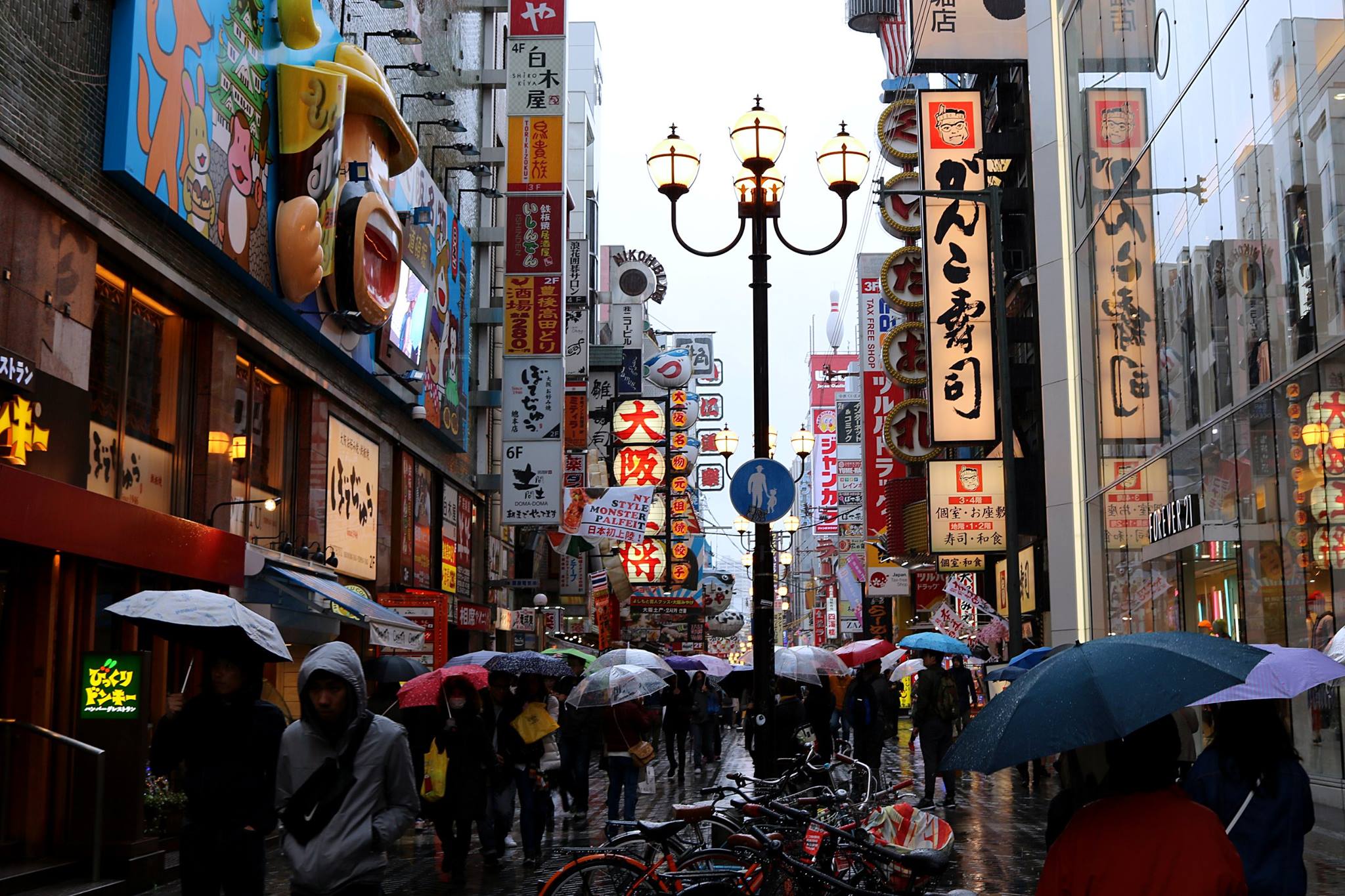
My final stop was Osaka, just a short train ride from Kyoto. It’s known as Japan’s kitchen, and I instantly felt the shift—it’s louder, bolder, and full of flavor, in every sense.
I kicked things off at Osaka Castle, originally built in the late 1500s by warlord Toyotomi Hideyoshi. It’s one of Japan’s most famous landmarks and played a major role in unifying the country during the Azuchi–Momoyama period. The castle itself has been rebuilt several times, but the grounds are massive, and inside is a full museum with samurai armor and even digital reenactments of key battles.
As I climbed toward the top, I was surrounded by plum blossoms and the scent of fresh flowers. It’s a hike to get up there—Japan really makes you work for your views—but that peaceful feeling during the walk made it worth every step.
Later, I wandered through Dotonbori, a bright, chaotic stretch of shops, signs, and food stalls. Even cold and tired, I was glad Google Maps accidentally brought me there. It’s famous for the Glico running man sign, flashy crab billboards, and late-night eats.
To warm up, I had soba noodles served hot with seafood. Soba is made from buckwheat and usually served cold, but that night, hot was the only option. It hit the spot—light, comforting, and so different from ramen. A perfect way to end my time in Japan.
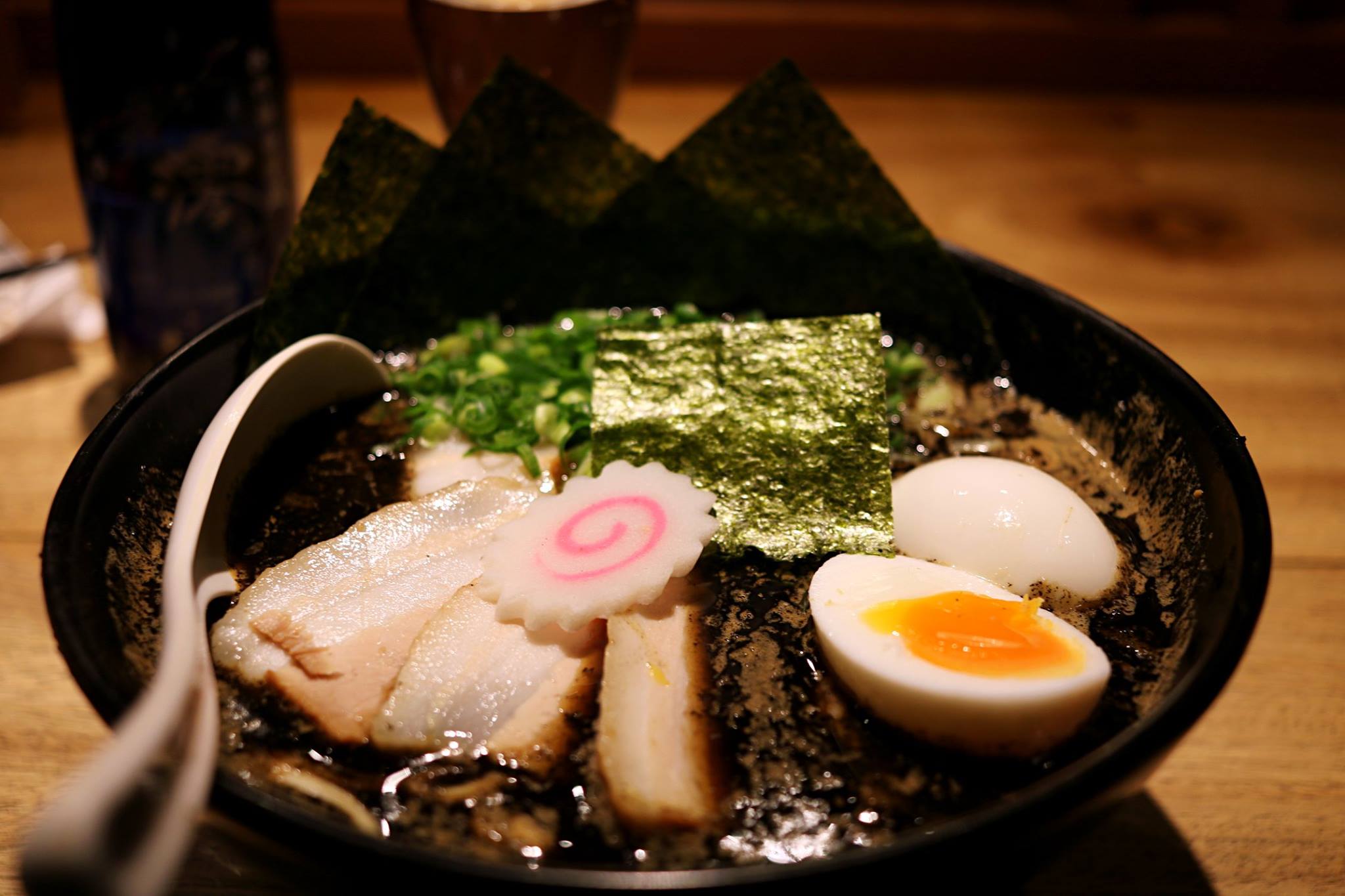
Let me tell you right now—rain and cold have nothing on a good bowl of ramen. The food in Japan? Memorable. Every meal felt intentional, from vending machine joints to early-morning sushi. And the more I ate, the more I understood how deeply food is woven into Japanese culture. It’s not just about eating—it’s about ritual, respect, and balance.
Here’s a taste of what stood out:
I kicked things off with a steaming bowl at Menya Musashi—rich broth, thick noodles, and meat that basically melted in my mouth. Ramen shops here are often small and serious: you order from a vending machine, wait quietly, and slurp loudly (yes, it’s polite here).
Later, I tried something called brunt miso ramen—which I’m pretty sure meant burnt, but I wasn’t complaining. It had a smoky, grilled flavor that was totally new to me. Japan knows how to remix a classic.
At Tsukiji Fish Market, sushi for breakfast is tradition. The earlier you go, the fresher the catch. My chef prepared everything right in front of me—simple, fresh, and melt-in-your-mouth good. No fancy sauces. Just fish, rice, and craft.
Did you know sushi started as a way to preserve fish in fermented rice? Over time, it evolved into the clean, precise art form we know today. You can taste the history in every bite.
These little octopus balls are a street food staple. Soft on the inside, crispy on the outside, and topped with dancing bonito flakes. Takoyaki started in Osaka, but you can find them all over. Just eat them fresh—they’re lava-hot inside.
Japan loves its sweets—but not in the same way we do. I tried dango (rice flour balls covered in a sweet soy glaze). Loved the texture, but if you’re expecting American-level sugar, it’s not that. Their sweets lean mild and earthy—like green tea ice cream and mochi.
Everything here comes in a matcha version. Seriously—green tea Kit Kats, coffee, water, even noodles. They love it, and honestly? I kind of get it now.
In Osaka, I closed out the trip with soba noodles served hot in a seafood broth. Soba is made from buckwheat, giving it a nuttier flavor and lighter feel than ramen. Usually served chilled (especially in summer), but this hot bowl? Exactly what I needed on a rainy night. Comfort food, Japanese-style.
Normally, I don’t drink when I travel solo. But I made an exception for MIO Sparkling Sake—a sweet, fizzy drink that felt like a celebration in a bottle. Highly recommend for the ladies who want something light and refreshing.
Food in Japan isn’t just good—it’s an experience. A quiet one. A respectful one. And one I’m still thinking about long after I got back.

This was my first solo trip, and Japan made it easier than I expected. The people? Respectful. The streets? Safe. The trains? Efficient. I was nervous, but I never felt alone.
I learned to ask for photos, be okay with eating alone, and trust my own flow. Rain or shine (mostly rain), Japan held me down.
Want to follow my exact route through Tokyo, Kyoto, and Osaka?
Download the full itinerary with hotel tips, activity suggestions, and transportation advice—all wrapped into a day-by-day guide to help you plan your own solo (or group) trip with ease.
Grab the Japan Itinerary PDF — and start planning your getaway.
I left Japan with tired legs, a full stomach, and a new confidence.
Next stop: Thailand. Sunshine, temples, and tuk-tuks—I’m ready.

Dubai surprised me. I came for the glam, but left with a deeper appreciation for its culture, contrasts, and quiet moments between the skyscrapers.
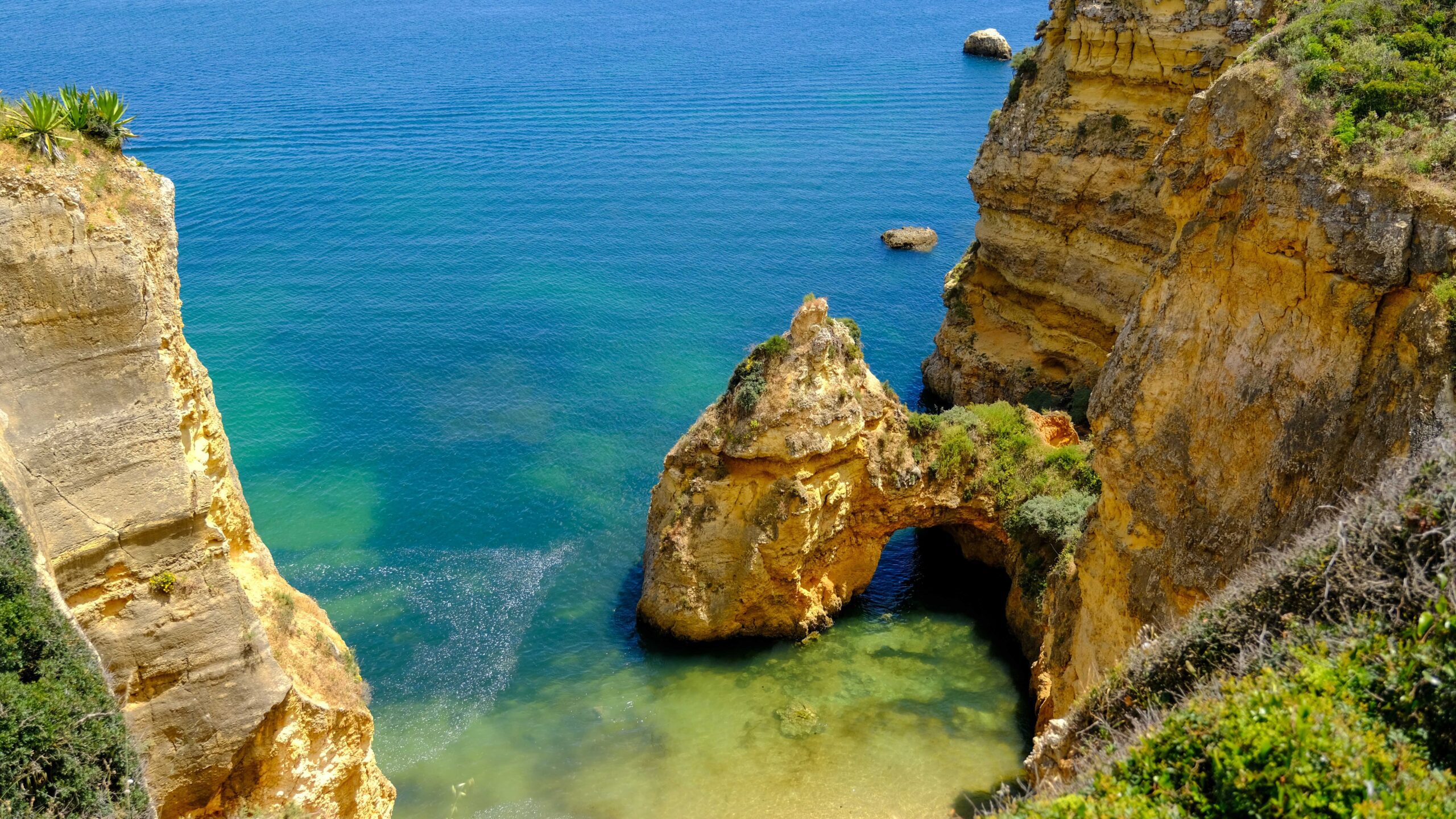
From pastel palace to seaside cliffs—this trip was short, but the memories are staying with me.